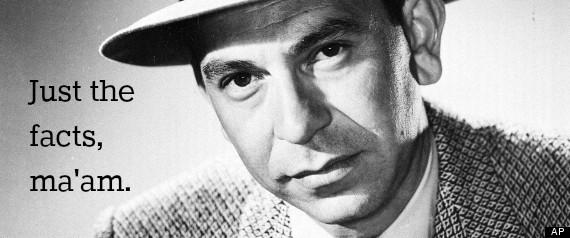
In the course I’m TAing for (a Masters level American Religious History course), I was given the opportunity to give a class lecture. The professor wanted me to bring my own work and knowledge, given that the lecture material was related to my own area of study (Catholic immigration and nationalism in the US). While I have had the opportunity to lecture in the past (and design my own portion of the syllabus to then teach), this was the first time I taught material chosen by someone else.
As I was preparing for my lecture, I realized that teaching someone else’s syllabus, however closely related the reading material is to the work I do, is not an easy or obvious task. Working my way through the readings, I picked up certain points, here and there, that would be useful for outlining and discussing the history while also highlighting the ways in which the historical narratives were framed and reproduced. But these weren’t necessarily obvious points throughout the readings. So I was able to draw on the ones of particular interest to me based on the knowledge that I have. As such, I framed the lecture and the readings through my own perspective and interests.
It reminded me of an interview of Jonathan Z. Smith (the transcription of which was published in Reading J.Z. Smith, edited by Willi Braun and Russell McCutcheon) where he discussed someone else once trying to teach his introductory syllabus. While Smith was on leave for the quarter, the substitute lecturer attempted (and failed) to successfully teach Smith’s syllabus. The lecturer then contacted him, as Smith told the story, saying that he had no idea how to even begin teaching those readings that Smith had assigned for the class, and Smith replied “Well, why would you do that?!”
Smith recognizes that one cannot teach another’s syllabus. However data-driven the syllabus may appear to be, professors carefully curate and present the readings in a certain way while excluding other information — after all, as Smith once also noted, one can only cover so much information in a semester.
Approaching a course as if you are teaching “just the facts” of religion fails to recognize Smith’s point: the course is an argument that develops, class by class. And we each are making an argument specific to our interests, taking students where we wish to take them, making each syllabus ours.
The prevalence and primacy of primary sources and assertions of data as self-evident descriptions of apparent religiosity all come into question when we take seriously the ways in which we include and exclude certain information in the arguments we make and the courses we teach. As such, we should not work under the assumption that we are teaching “just the facts” about religion as it really is in the world. We should instead recognize the ways in which our courses shape and reconstitute not only the field but also certain normative ideas and discourses about “religion.”
